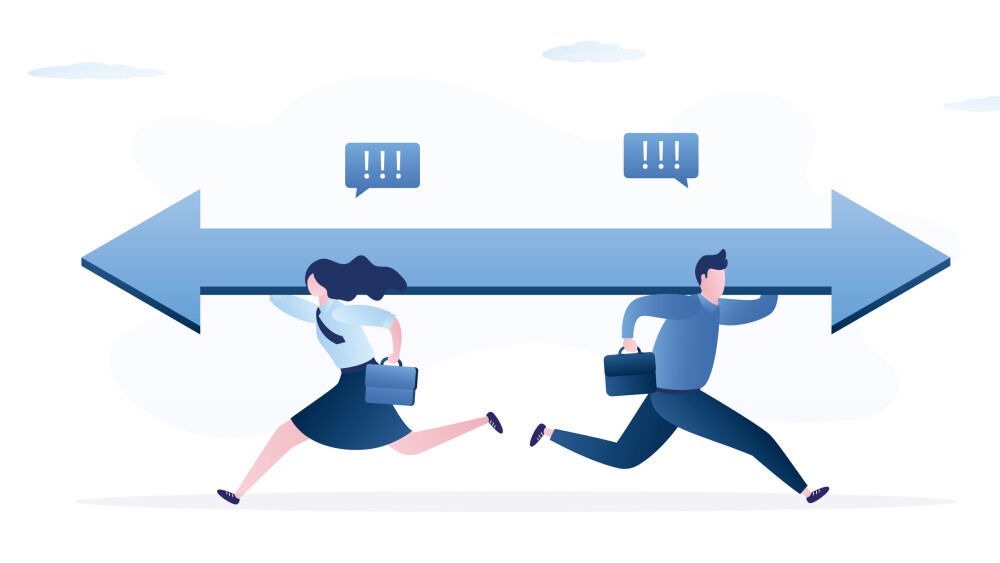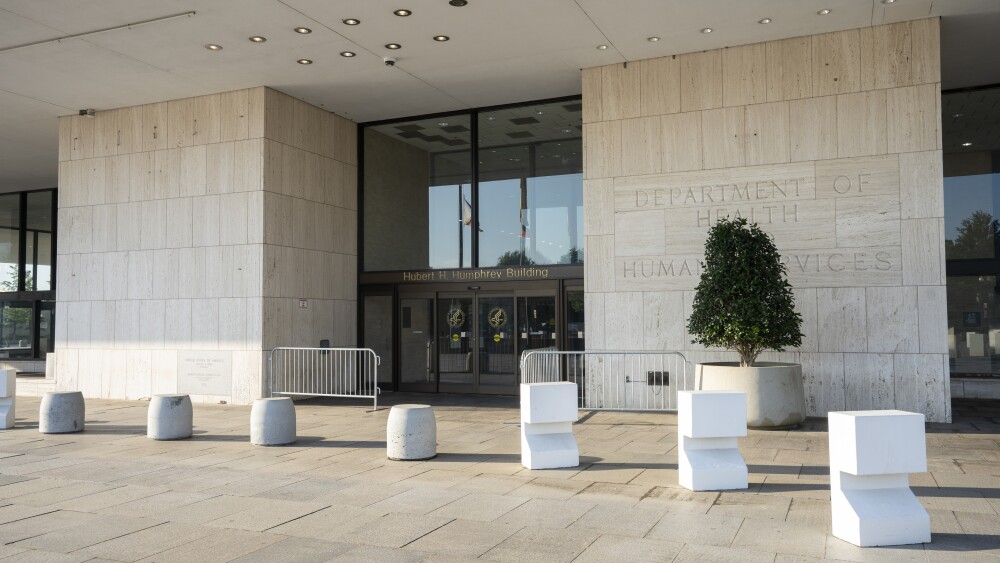At one point in merger negotiations with Novartis, Avidity CEO Sarah Boyce and her team walked, cutting off access to a data room and moving on to a capital raise.
Novartis CEO Vas Narasimhan showed up to a call with Avidity’s CEO with an offer in hand: $7.4 billion and a swift four week closing. But it wasn’t good enough for Sarah Boyce and her advisors.
This low offer would set off months of tough negotiations with Avidity’s management, which insisted that the company could survive just fine on its own. But Narasimhan was relentless, mostly handling negotiations himself with Boyce. The back and forth was revealed in regulatory documents released on Monday.
Narasimhan’s July offer arrived as Avidity considered its future. The company needed an additional $1.5 billion to achieve cashflow positive status in 2029, according to projections delivered in May. A deal would certainly fix that problem. The company was working toward a capital raise based on an upcoming readout for the EXPLORE44-OLE trial of del-zota in Duchenne muscular dystrophy, which was due by the end of this year.
But Novartis was impressed by data delivered in June, which showed early benefit trends in patients with facioscapulohumeral muscular dystrophy given Avidity’s del-brax in a Phase I/II trial called FORTITUDE. Novartis’ team reached out shortly after that data was revealed.
After receiving the rejection for the initial proposal, Narasimhan tried again with an offer valued at $8.5 billion. Avidity again prepared to reject the offer, but management wanted to meet with Novartis to explain why they thought the biotech was worth much more. They offered to meet with a confidentiality agreement in place “in order to explain the key reasons for the company’s conviction in the strength of its standalone plan and prospects.”
That meeting took place on July 17, with key figures in Novartis’ business development team in attendance, including Chief Strategy & Growth Officer Ronny Gal and Global Head of Corporate & Business Development Susanne Kreutz. Avidity’s team presented data on its lead programs to make their case.
A few days later, Narasimhan returned with another offer, this time pushing the deal up to about $10 billion. Avidity’s team kicked into high gear with this 11-digit offer, agreeing to facilitate due diligence with Novartis but arguing that they should up the offer after that work was complete.
Throughout the process, Avidity’s board had been concerned about leaks and market rumors. That came to pass around July 26, when rumors of the potential deal broke in the press.
Advisors for Avidity did outreach to a number of other potential buyers, holding meetings with a few. But ultimately, none made a rival bid.
Then, on August 5, The Financial Times published a story on the rumored deal, which made its way to Narasimhan’s office and spurred him to speed up the due diligence process to close the deal. The rumors spiked Avidity’s share price from $38.26 apiece the day before the article to $48.26.
Avidity Plays Hardball
In Mid-August, Boyce became concerned about the lengthy due diligence process, as Novartis had indicated a desire to close the deal quickly. She spoke with Narasimhan, who said his company needed more time. She was surprised, taking the matter back to her team. She spoke again with the Novartis CEO the same day, indicating that Avidity would need to move forward with a capital raise in September. Novartis was asked for its best and final offer.
That arrived on August 29, at $70 per share, the same value as the $10 billion proposal from July. Avidity wasn’t impressed. The board directed Boyce to tell Narasimhan they were prepared to walk and proceed with the capital raise. Novartis’ access to a virtual data room was cut off.
In September, Avidity’s del-zota produced data in a pair of trials dubbed EXPLORE, showing a reversal of disease progression and “unprecedented improvement” in patients with DMD. The company also moved forward with a planned $500 million capital raise. This rose to $600 million when pricing was announced a few days later and closed for good at $690 million in gross proceeds.
Attending an industry conference in September, Boyce was approached by an executive from one of the parties that had previously been interested in a deal for Avidity. They were still interested.
But Narasimhan wasn’t ready to let Avidity go. He got back in touch after the whirlwind of activity at Avidity, upping the offer to $72 per share subject to certain due diligence that still needed to be completed. Boyce wasn’t impressed by the conditional deal, but the company was willing to negotiate. Novartis was welcomed back to the virtual data room and a site visit was planned.
October was a flurry of meetings and calls about the final due diligence items, until the final deal was signed on October 25. The deal was announced a day later—a Sunday—valuing Avidity at about $12 billion.






